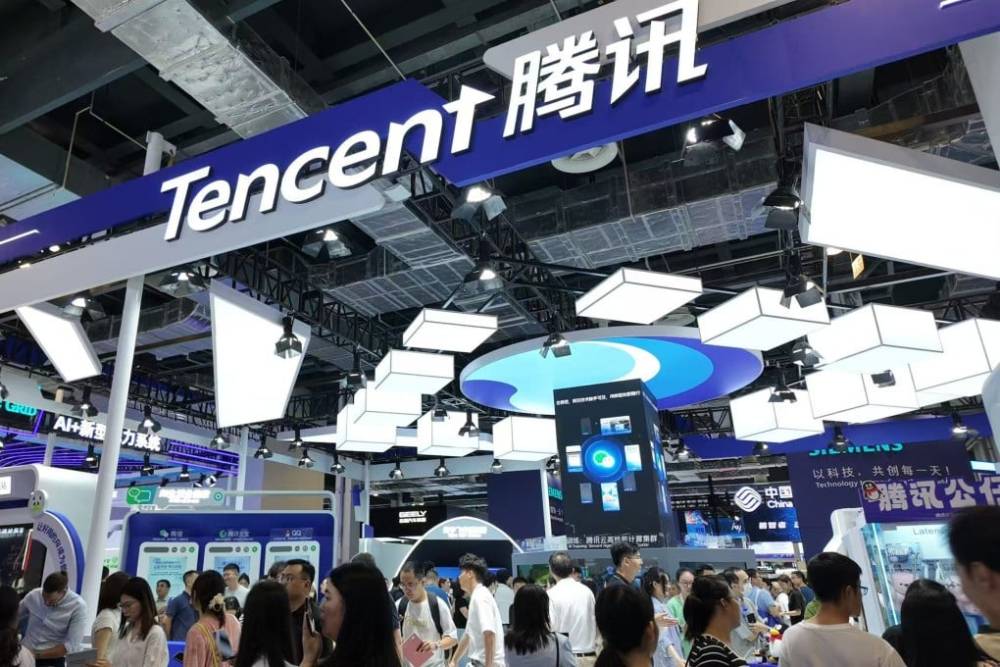
Tencent và SenseTime khuấy đảo giới AI với mô hình mới vượt mặt cả GPT-4o và Gemini 2.5
-
Tencent ra mắt Hunyuan 3D World Model 1.0, mô hình AI mã nguồn mở đầu tiên có khả năng tạo ra thế giới 3D chi tiết từ văn bản hoặc hình ảnh, hỗ trợ định dạng "3D mesh", phù hợp cho Unity, Unreal và phần mềm dựng hình chuyên nghiệp.
-
Mô hình này hỗ trợ tạo cảnh 3D 360 độ tương tác, đang thử nghiệm phiên bản beta có khả năng di chuyển ảo theo 4 hướng, cùng tính năng xuất ảnh toàn cảnh.
-
Hunyuan sử dụng kiến trúc “biểu diễn và tạo cảnh 3D theo thứ bậc ngữ nghĩa”, chia nhỏ không gian theo tầng lớp ý nghĩa, giúp chỉnh sửa và tạo hiệu ứng chân thực.
-
Tencent công bố khả năng tích hợp hoàn chỉnh với các quy trình đồ họa CG tiêu chuẩn trong phim ảnh và game.
-
SenseTime giới thiệu SenseNova V6.5, mô hình AI đa phương thức mới, vượt qua Google Gemini 2.5 Pro và Claude 4-Sonnet theo một số tiêu chí hiệu năng.
-
So với phiên bản cũ V6, SenseNova V6.5 cải thiện 40% hiệu suất học tăng cường (reinforced learning) và tăng hơn 35% dung lượng xử lý dữ liệu ở giai đoạn suy luận.
-
Mô hình V6.5 xử lý tốt hơn sự tích hợp đa phương thức bao gồm văn bản, hình ảnh và video, thay đổi kiến trúc để nâng cao khả năng xử lý đồng thời.
-
SenseTime cho biết hướng đi tương lai là đầu tư mạnh vào AI tạo sinh và mô hình đa phương thức để thúc đẩy tăng trưởng doanh thu.
-
SenseTime đạt doanh thu 3,8 tỷ nhân dân tệ (khoảng 518 triệu USD) năm 2024, tăng 11%. Lỗ ròng giảm từ 6,5 tỷ xuống còn 4,3 tỷ nhân dân tệ.
-
Tencent ghi nhận quý kinh doanh tốt nhất kể từ khi niêm yết năm 2004, nhờ đầu tư mạnh vào AI và khai thác lĩnh vực game, ứng dụng xã hội.
📌 Tencent và SenseTime đã có bước tiến lớn trong lĩnh vực AI tại WAIC Thượng Hải. Tencent ra mắt mô hình AI 3D mã nguồn mở đầu tiên hỗ trợ môi trường game và phim ảnh, trong khi SenseTime công bố mô hình V6.5 vượt qua Gemini 2.5 Pro và Claude 4-Sonnet, cải thiện 40% học tăng cường và 35% hiệu suất xử lý. Cả hai đều kỳ vọng AI tạo sinh sẽ trở thành nguồn doanh thu chiến lược trong tương lai.
https://www.scmp.com/tech/article/3319751/waic-shanghai-tencent-sensetime-launch-new-ai-models-stir-industry-rivalry
WAIC Shanghai: Tencent, SenseTime launch new AI models to stir up industry rivalry
Thảo luận
Follow Us
Tin phổ biến



